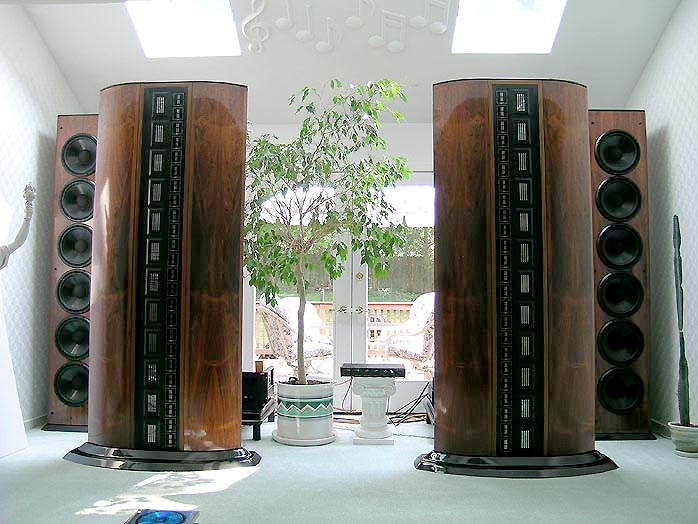
A pair of KEF’s or IMF’s, wired with bell cable to any old Pioneer, Marantz or Kenwood amp used to sound awesome. Never did we feel the urge to upgrade, unless we wanted more knobs. Or more lamps and indicators, that was always cool. But I digress. Go to a second-hand store and get yourself the very same equipment you had in the seventies or eighties. Chances are that it will still sound awesome. So, at what stage did high end come in?
For me, it was when an audiophile friend came over and criticized my speakers for not having good imaging. When I came over at his place, the focus and soundstaging of his Apogee ribbon speakers blew me away. Yet, it wasn’t perfect, because these speakers could also be unforgiving. I’m talking almost a decade ago, but I’m not exaggerating if I say that the bigger part of that decade was spent getting the sound just right. Sony amps were changed for Jeff Rowland, a wooden rack was changed for a Spider rack, all regular cables were changed for Transparent Reference and Cardas Hexlink, and so on. It took time and effort and quite an investment of money. But in the end, it paid off. He has a very nice sound that balances between accuracy and musicality. It is no longer clinical. But it is clear that these speakers need very high-quality equipment surrounding them.
More or less the same story applies to my own situation. I started with Wharfedale, then Philips, then Vifa speakers and used amplification I could afford: Yamaha, Akai, even Sherwood. Well, the latter was a mistake, but even Akai sounded pretty good. When I had an all Yamaha system with all regular wiring and huge Vifa Basis 2.0 speakers I was happy for a long time. All was good. Or so I thought until the friend came along. This triggered me to buy B&W Nautilus 804’s but they never performed as they did in the shop. I upgraded my Yamaha to Sony ES which in turn led to upgrading everything else until I got frustrated and sold it all again. The rest of the story you can probably guess… You can read all about this process in my audio history.
My point to this story? While affordable speakers may not be perfect in every way, they may still perform to full satisfaction. Take a pair of old IMF Super Compacts and connect any cheap amp and cd player you have lying around. Chances are that you’ll be stunning by how musical the combo sounds. Using a better amp can yield better results in this case, but it doesn’t have to be so. Also, it may well be that the cheap Sony cd player and “free thrown in cables” you used in this experiment may be precisely what the brown-sounding speakers needed to sound that tad more open. Perhaps, due to their lack of ultimate accuracy, the speakers allow the rest of the chain to be less perfect, or should I say: less full-sounding?
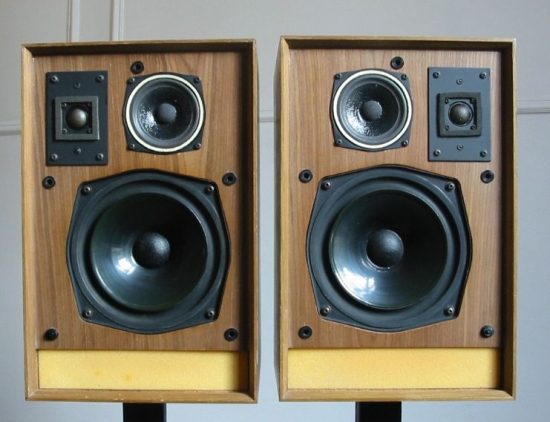
Above: IMF Super Compact. Sure they’re not exactly high-end, and I wouldn’t trade my Magnepans for them, but still, they have a certain rightness about them, even when connected with cheap electronics and wire, and even if you shove them in the corners of the room.
In my experience, be it intentional or not, but high-end equipment of the eighties and nineties tended to sound a lot fuller and creamier than cheaper components. Using a Mark Levinson CD player with the above-mentioned speakers proved in fact to be too much. The music became too creamy, too boomy and lost its sparkle. Soundstaging improved but the music lost its sparkle. So, my conclusion must be that these old speakers did not in fact need high-end equipment in order to sound good.
The opposite is true for many high-end speakers. It started, perhaps, with the Infinity speakers and their ribbon-derivate tweeters as well as the Apogee full-ribbon designs and their much more accurate sound, which was also easily on the edgy side if not matched with the best amplification you could find. Magnapan, Martin Logan and dynamic speakers with ceramic drivers also attributed to this. Don’t get me wrong: these speakers can sound awesome, but they do need some TLC, that is tender love and care. And big budgets to buy the best in
Sometimes, the feeling emerges that manufacturers, in their quest for perfection, go a little too far in the matters of detail retrieval and accuracy, thereby necessitating you buy the best in amplification, cables and source components. Coming back to what I mentioned earlier, about higher-end equipment and cables sounding fuller, this is in my experience true for most items from the eighties and nineties. These days though, it is no longer so clear-cut and the opposite may actually happen.
I probably need to make clear at this stage that this is definitely not a rant, and I am not complaining. This is just part of the audiophile quest and as long as you, dear audiophile on your search for perfection, realize that you may not be done with one purchase and as long as you enjoy the process this takes you through, then all is fine. The end result is well worth it!
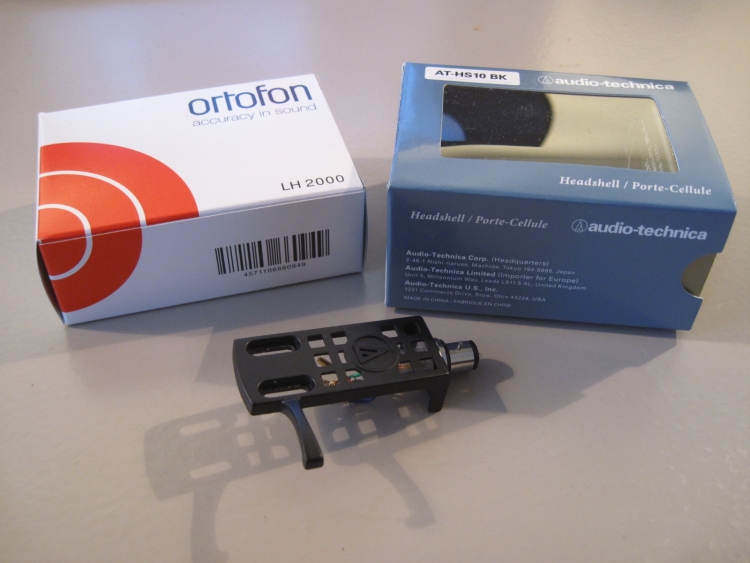
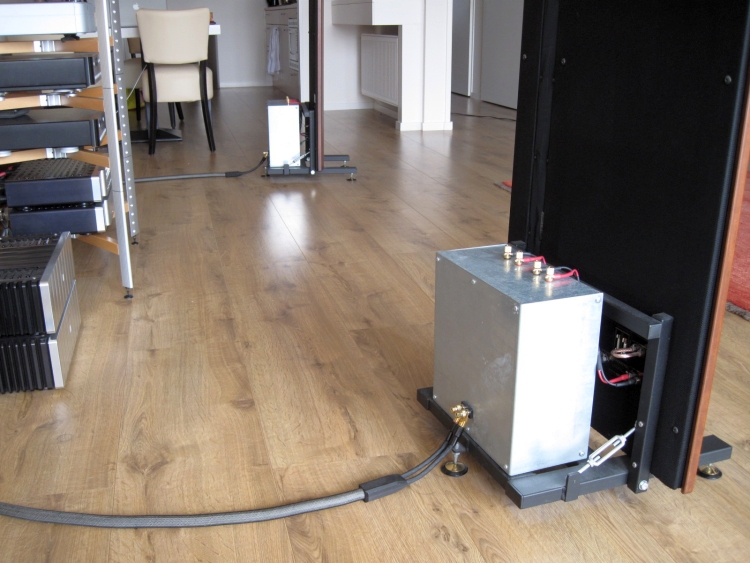
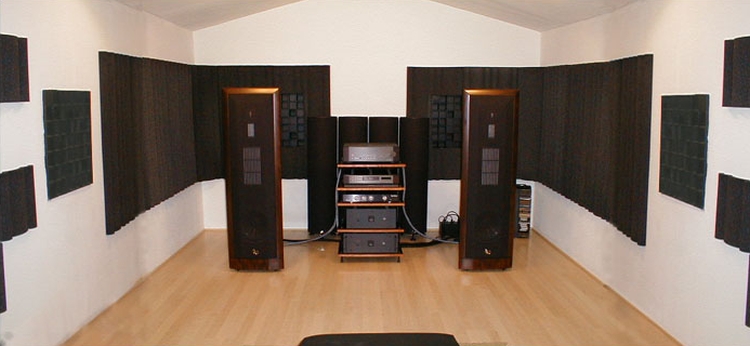
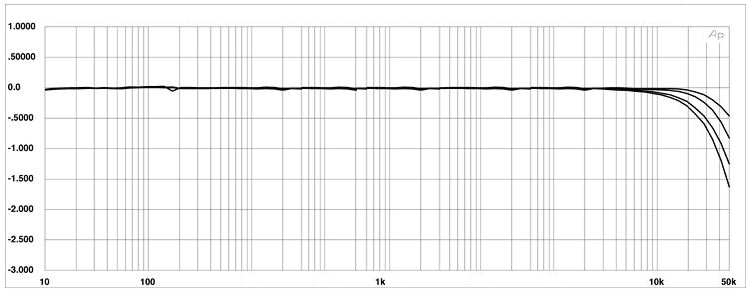
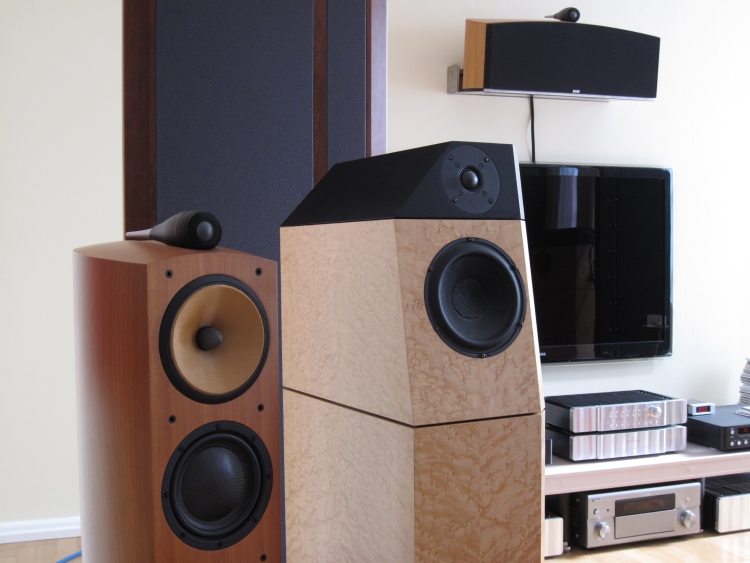
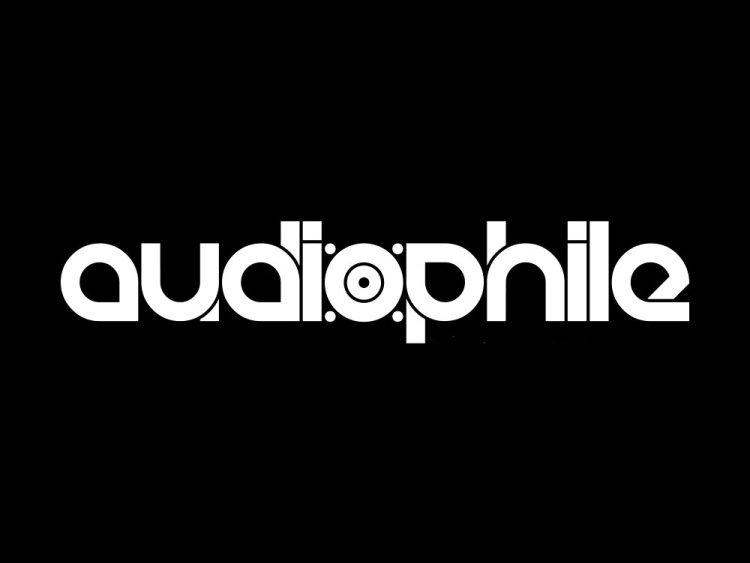
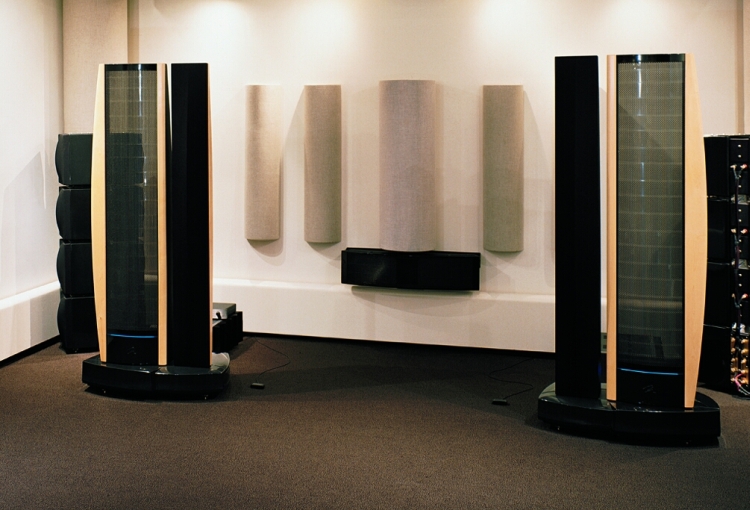
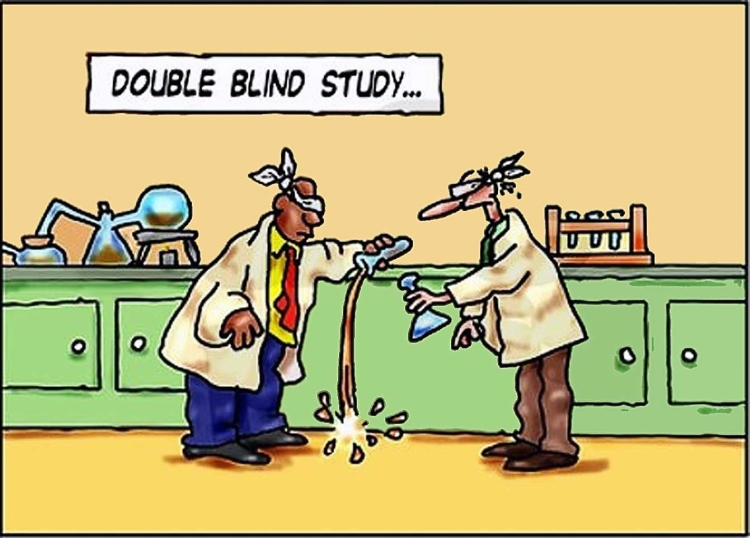
The technical expertise has been lost but is picking up again. Brinkman has most of the technical issues of Direct Drive right but can’t understand what the flywheel effect is that I learned 40 years ago and it is relevant from everything from power generators with the pickup magnets and copper plates or even the concept of the bicycle wheel. Op Amp makers have proven that slew rate and rise time are critical to waveform fidelity of complex signals and research of theirs go far beyond the frequencies of audio. Familiar with B&K measuring devices of analog equipment, most go by what they see rather than what is measured and there is a hierarchy of of what is important first to last. Amplification was understood and negative feedback when done correctly has been proven by companies like Purifi, ICE technology and the NCORE technology of Hypex. The people that do not understand that these can all be proven and understood by the experts in the technical field has caused some of the worst sounding audio for the last 30 years. They base their opinions on what they see and which is not a full system especially with the front end. Speakers have become a farce with the worst of crossover components and the fact that true active crossovers in the best studio monitors are far superior to what they listen to at such a close proximity that they cannot possibly hear any frequency under 100Hz. The length of even half that is much longer than their listening range so they only hear what is upper base and beyond with the phase problems of passive crossovers being severe especially using the poor component found in most.